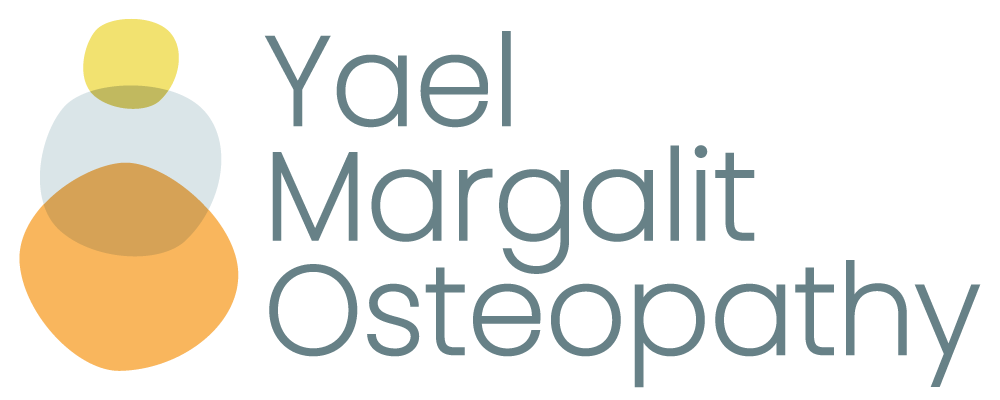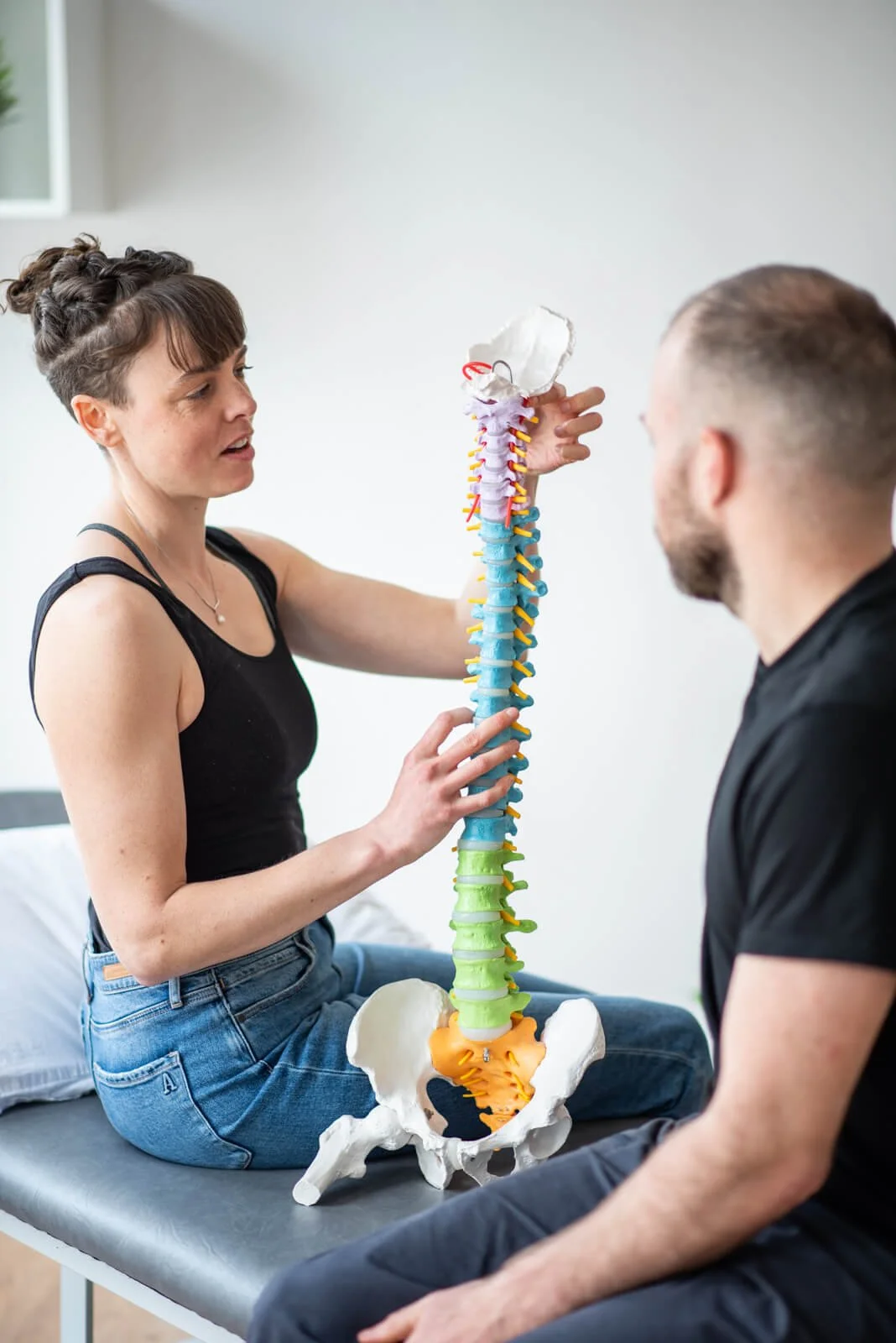Consent in Practice
You might think this is a strange topic to write about but I hope this story and my subsequent reflections help you consider, as a patient, what consent looks like in a healthcare setting. It’s an important one — and a skill I think many of my patients value in my work.
Several years ago, I had an experience in the clinic that completely reshaped the way I think about consent.
I was assessing a patient with lower back pain and needed to observe how her lumbar spine moved. She was wearing high-waisted shorts and I asked if I could lower them slightly to see the area more clearly. As I spoke, my hands automatically went to adjust her shorts before she had answered.
She stopped me with a question that landed hard:
“Shouldn’t you have waited for my answer before doing that?”
She was right.
At that moment I realised I had blurred the line between asking and acting. I apologised, of course, but the experience stayed with me far longer than the consultation did. It became a turning point in how I understood and acted on the concept of consent.
Consent Is More Than a Question
That encounter taught me that asking permission is only half the process. The other half, the part that truly honours a patient’s autonomy, is the pause.
It seems like such a small thing, but it changes the tone of the entire interaction. Those extra seconds give a person time to,
process what I’ve asked
consider their comfort and
respond freely
Now, whenever I need to adjust clothing, perform a test or technique, I do my best to explain what I’m about to do, ask for permission and then wait for a response before proceeding. That pause communicates respect.
It says, “you, the patient, are in control.”
The Standards That Shape My Practice
My osteopathic degree was accredited by London South Bank University, so I trained under the framework of the Osteopathic Practice Standards (OPS) as implemented in the UK.
A central part of these standards is the emphasis on communication, patient partnership and consent. These aren’t just professional requirements, they’re the foundations of ethical and effective care.
In particular, the principle of informed consent sits at the heart of good osteopathic practice.
It’s something I take very seriously in my own clinic. For example, when I think a patient might benefit from a technique — whether soft tissue therapy, dry needling, spinal manipulation or craniosacral therapy — I make sure to explain it as clearly as I can and in a way the patient can understand. I try to clearly outline what the technique involves before carrying it out.
It can be tempting to rush through these explanations, after all, appointments do have time limits. But over the years I’ve realised these explanations are essential opportunities to ensure the patient is an active participant in their treatment — if that’s what they want.
Some patients prefer to know every detail (hands up, I’m one of those), while others would rather not know the ins and outs and simply trust the process. Both approaches are perfectly valid. What matters is that I ask:
“Would you like me to explain this technique and then you can decide if it’s right for you today?”
That question reaffirms that the choice lies with them — not me.
Ultimately, clear communication and genuine consent help build trust — the cornerstone of any therapeutic relationship. When a patient feels respected, informed and empowered, healing can happen on more than just the physical level.
Consent Isn’t Just a Procedure
That early experience with consent continues to shape how I practise today. The Osteopathic Practice Standards remind me that good healthcare begins with respect for the patient’s comfort, autonomy and right to choose. Each time I pause to explain or ask permission, it reinforces that sense of partnership.
Consent isn’t just a procedure; it’s part of building trust. And those few extra seconds can make all the difference.


